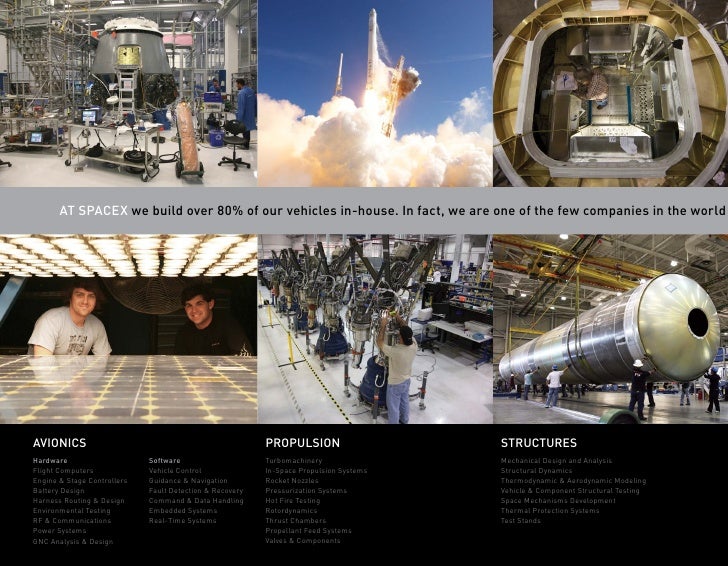ANALYSIS
🔍🔍ANALYSIS🔍🔍
Business Processes
The Business model of SpaceX is divided into various factors that contribute to its efficiency and effectiveness. Following is some of the elements:
- SpaceX consists of an active business improvement group which is generally the source for all the clients. Besides, it also extensively uses its website and social networking sites.
- SpaceX considers client relationships to be of paramount importance and is committed to maintaining close relationships with each of its clients.
- The Business model of SpaceX is predominantly formed by offering rockets and satellites as well as the stock that it builds up. The Falcon 9 costs about $62 million whereas Falcon heavy costs about $90 million.
- The accomplices or investors in SpaceX make up a big part of the Business model of SpaceX. The company contains approximately 3000 notable accomplices, 1100 of which are making week after week conveyances.
Information SILO
An information silo, or a group of such silos, is an insular management system in which one information system or subsystem is incapable of reciprocal operation with others. Space X does not seem to operate under an information silo because the communication between each system of the company is very clear. It is important to have communication between departments so that errors are minimalized.
Information System Components
Information management and handling are crucial, and SpaceX has forgone with traditional control boards and committees and is employing modern collaboration tools such as Jama instead. This approach enables SpaceX to make detailed changes without compromising or affecting the robustness of the overall system. This may sometimes lead to drastic changes in the design.
The topic of integration and integration testing becomes even more important with this approach. Thus, investing in an appropriate testing infrastructure is strategically important. SpaceX tries to make the tests as realistic as possible (“test as you fly”). This leads to many hardware-in-the-loop tests at the component level. Wherever possible the software is also included in the test.
You may or may not have come across the term CAD. All the same, it means Computer-Aided Design. SpaceX has adopted the use of CAD software known as Finite Element Analysis (FEA) and Product Data Management software (PDM), to design its space shuttles. The software can produce both 3d and 2d dimensional models of the proposed shuttles through modification, analysis, and optimization of the design.
Interaction with technology further motivates SpaceX engineers by increasing their work rate by being able to view their design in 3D models which have proven to be quite different from the 2D models. Besides, engineers are still working on the clock to build codes that will go on space rockets and shuttles and ones that will support the design and manufacturing of rockets. This way they can build and launch and also monitor all machinery that goes into space.
More software programs such as Femap software, Teamcenter software and LabView work together with Siemens NX CAD during the design stages of a model. The NX software makes it possible for engineers and designers to find interferences when loaded into a SpaceX rocket.


Comments
Post a Comment